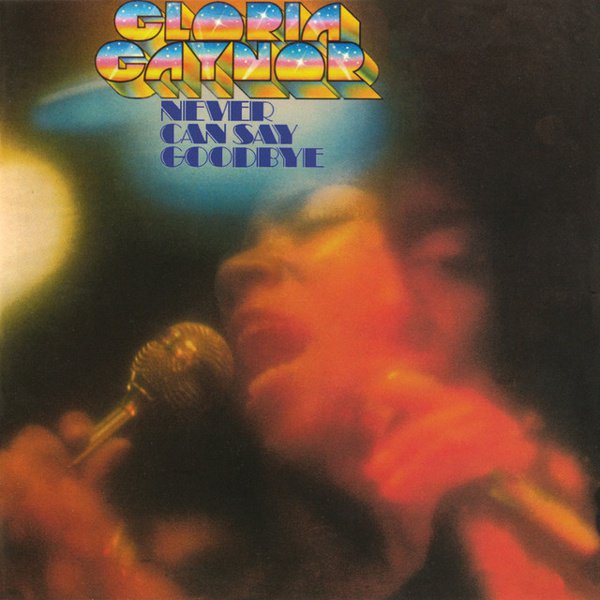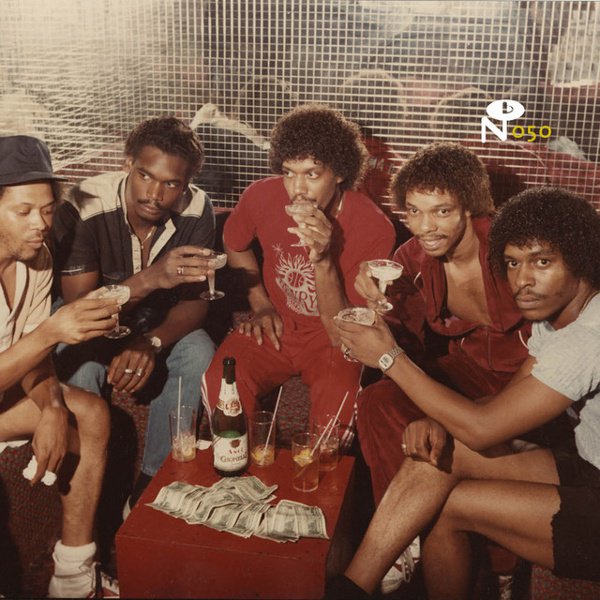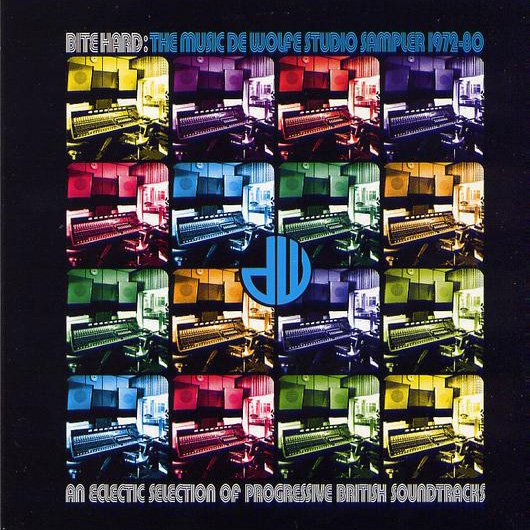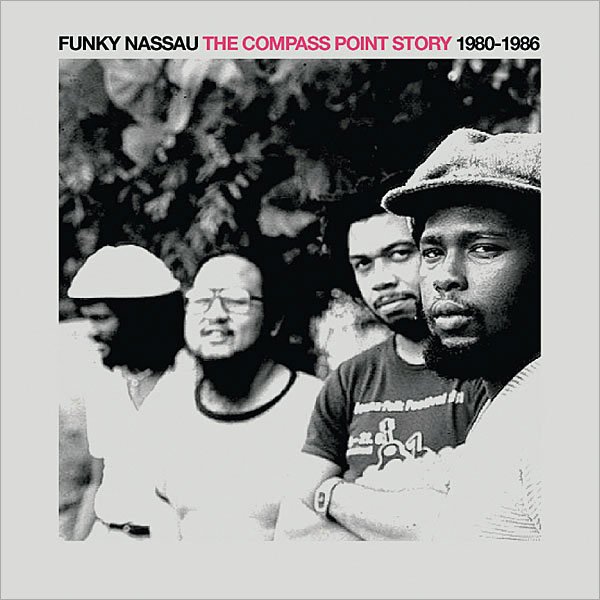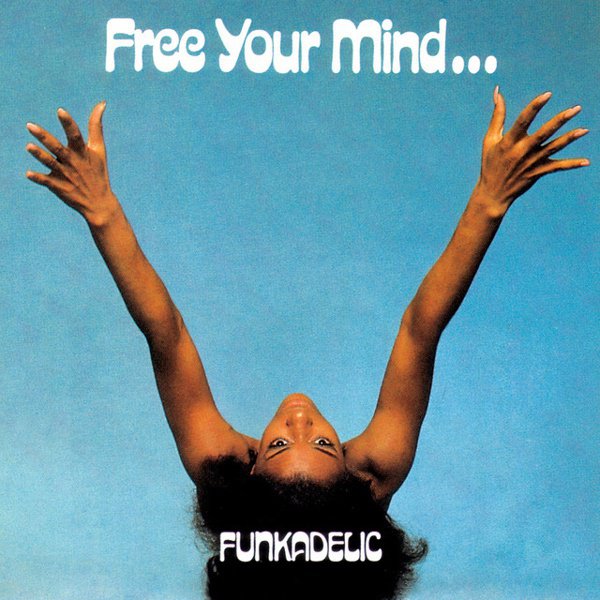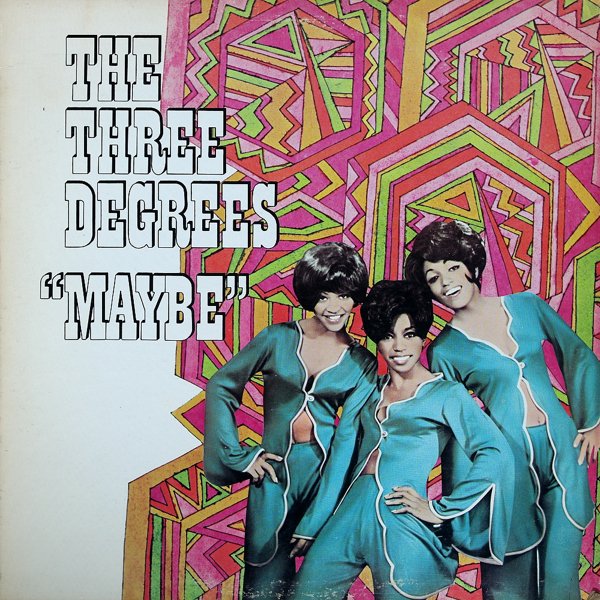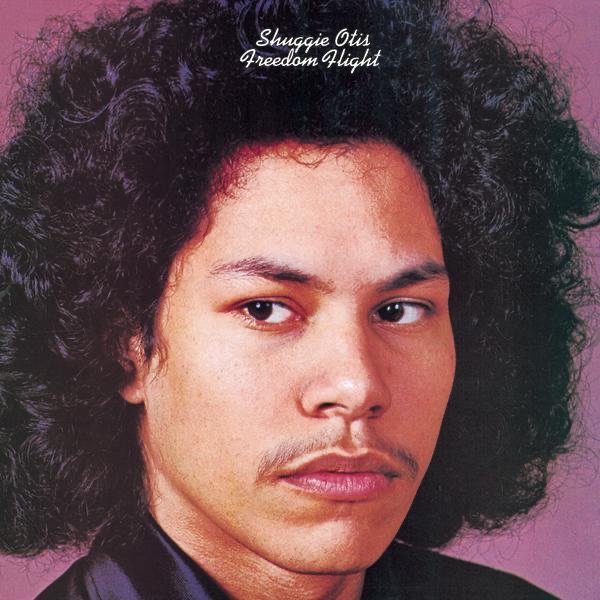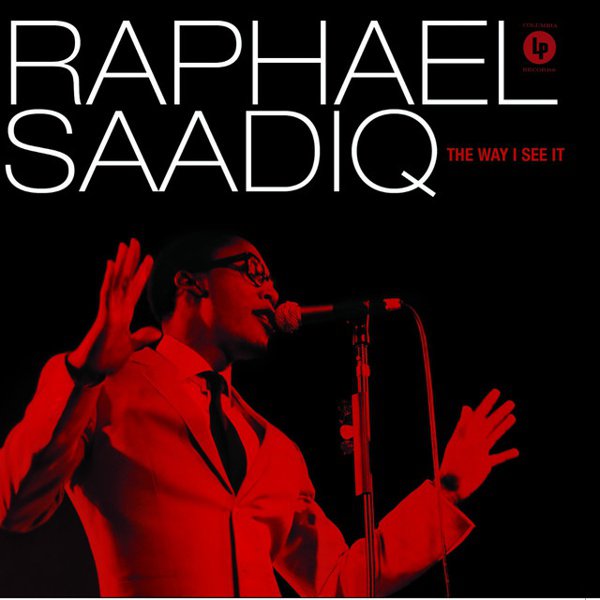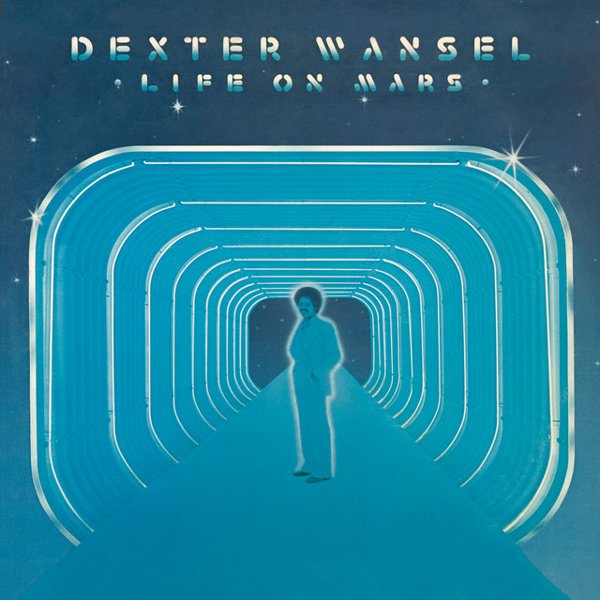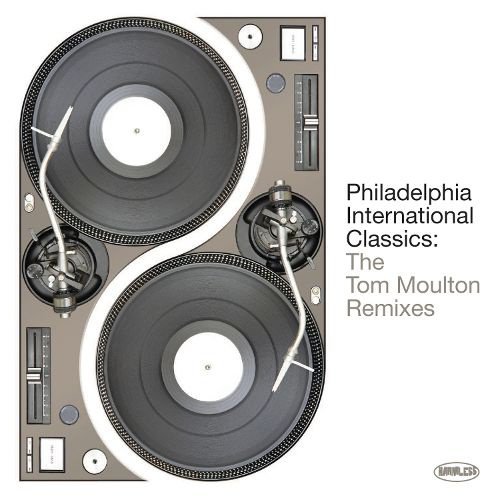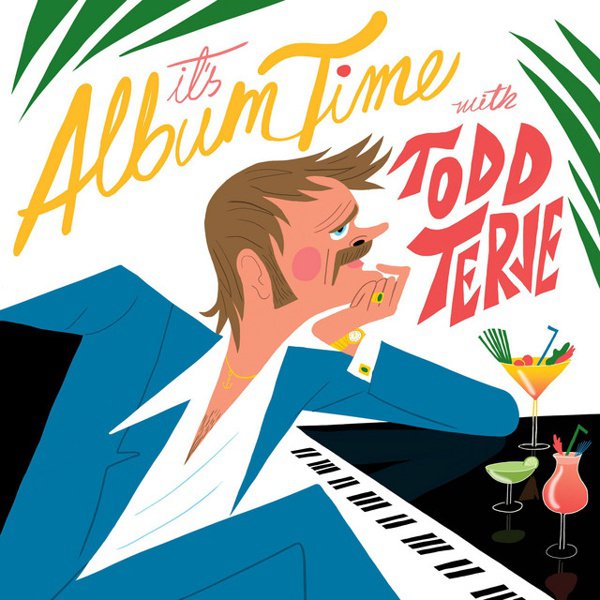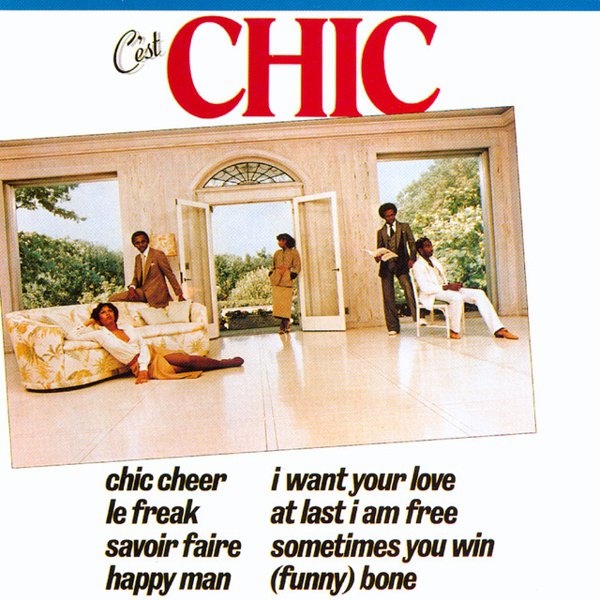Never Can Say Goodbye
This debut LP from a singer who’d grow to embody disco’s mainstream ascendance has some pioneering historic importance behind its a-star-is-born status. For one thing, its continuous-mix formatting on Side 1 made the LP the first of its kind: the handiwork of an uncredited Tom Moulton, the mix seamlessly transitioned from the fuzztoned novelty-boogie “Honey Bee” to the album’s titular Motown cover, and then to another Sound of Young America classic (“Reach Out, I’ll Be There”) — a simple medley on wax, but a nod to a DJ-driven clubland future in practice. And in October of 1974, that aforementioned title cut became the inaugural entry in a new Billboard chart dedicated to songs that hit big in dance club playlists, giving Gaynor the first entry in a pantheon that would last nearly 50 years until COVID halted it. But being one of the first doesn’t mean as much unless you’re also one of the best, and Never Can Say Goodbye is, as early disco goes, pretty much perfect. Gaynor’s voice boasted nightclub charisma and gospel intensity from the get-go, with the agile vocal range to bring both strains into mutual focus. And the choice of material not only smartly posits this emerging disco sound as a savvy, hi-fi continuation of ’60s pop-soul tradition — the unmixed but better-than-filler Side 2 and highlights like “Searchin’” and “Real Good People” bear that out — but maintains a dynamism where even the most relentless 4/4 groove carries along a lot of emotional weight. After this, the omnipresence and power of “I Will Survive” four years later was practically a fait accompli.

